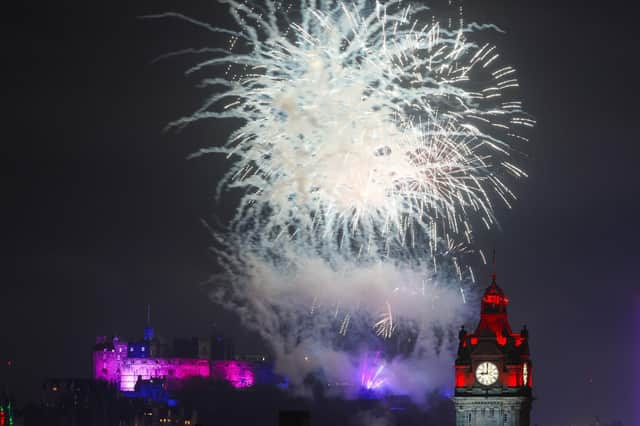Equal split of tourist tax between culture and heritage only answer - Susan Dalgety


Even once it is passed, there is an 18-month lead-in time before councils can start charging visitors. But already a fight has broken out over how the tax revenue should be spent in the Capital.
The city’s heritage watchdog, the Cockburn Association, has demanded that the cash is spent protecting Edinburgh’s famous built heritage.
Advertisement
Hide AdAdvertisement
Hide AdIn a statement on its website, it insisted the money should be used to “ameliorate the impacts of over-tourism, not increase them”.
The city council on the other hand is determined the bulk of the money should go on supporting Edinburgh’s major cultural festivals, such as the Edinburgh International Festival, the Fringe and Hogmanay.
This has, not surprisingly, won the support of leading figures in the city’s arts scene, including Fringe Society chief, Shona McCarthy, who said that there must be a guarantee that some of the tourist tax income supports the cultural sector.
Both sides of the argument have a point. Edinburgh has a unique city landscape, from our Disney-esque castle to the elegance of the New Town.
Advertisement
Hide AdAdvertisement
Hide AdEven though parts of the city centre have lost a lot of their sparkle in recent years – Princes Street springs to mind – it is still one of the most beautiful city centres in Europe, if not the world.
Visitors from across the globe flock to Edinburgh to enjoy our historic landscape, and even year-round wind and rain doesn’t seem to put them off.
But looking after ancient buildings is expensive. Some of our most famous landmarks, such as John Knox’s house, are more than 500 years old. Even the New Town is 250 years old.
The Cockburn Association says that more than 70 per cent of the traditional buildings within the city’s World Heritage Site, which contains nearly 4,500 individual buildings, are in urgent need of repair.
Advertisement
Hide AdAdvertisement
Hide AdThe group argues that the “primary purpose” of the tourist tax should be to maintain the historic fabric of the city.
They go further, arguing that the tourism and event sectors have “caused considerable damage and disruption to civic life” and their economic benefit to the city has been overstated.
That is where the Cockburn Association lost me.
Of course we need to invest in our built heritage. It is impossible to imagine the city without its blend of medieval splendour and Georgian town planning. But without our annual festival programme, Edinburgh would risk being nothing more than an outdoor museum.
Standing in Princes Street Gardens at midnight a few weeks ago, surrounded by young people from Bathgate and Beijing, I was struck by how alive the city is; and how dancing to Pulp in front of the castle encapsulated the city’s distinctive blend of ancient and modern.
Advertisement
Hide AdAdvertisement
Hide AdThe answer surely is to treat the city’s two unique selling points the same.
Our built heritage and our cultural sector are equally important to our future economic wellbeing, so any money raised by the tourist tax should be divided equally between them.